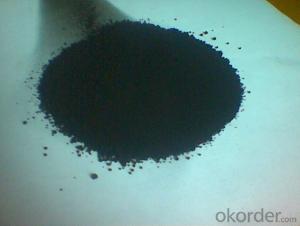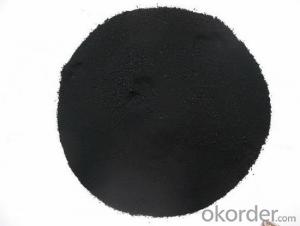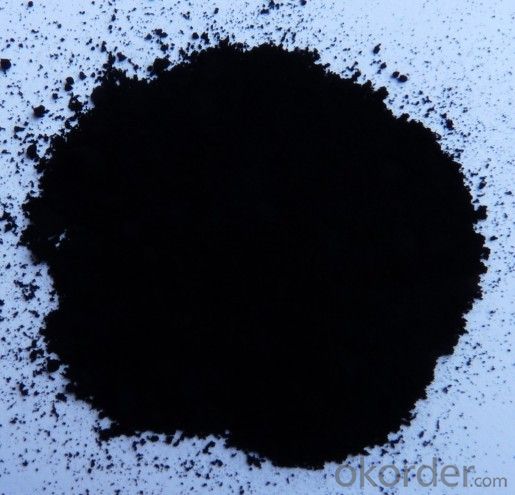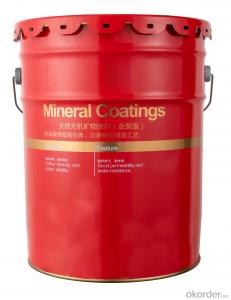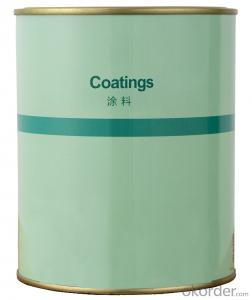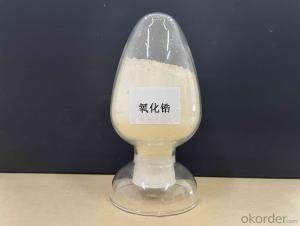Market Price For Carbon Black With Best Carbon Black Prices For Carbon Black
- Loading Port:
- Qingdao
- Payment Terms:
- TT OR LC
- Min Order Qty:
- -
- Supply Capability:
- 20000 m.t./month
OKorder Service Pledge
OKorder Financial Service
You Might Also Like
Specifications
Carbon black N330 N220 N550 N660
1:black powder or granular
2.rubber industry
3.tyres cable tape
4:high quality
Character:
1. Cas no:1333-86-4
2. Standard: GB 3778-2003
3. Form: black granule or powder
4. Process: wet or dry process
Market Price For Carbon Black With Best Carbon Black Prices For Carbon Black
1.Name:carbon black
2.Molecular Formular: C
3.Appearance: Black Powder
4.CAS NO.:1333-86-4
5.HS Code: 28030000
6.Application: tyre,coating, plastic, rubber
7.Grade:N220, N234, N326, N330, N550, N660
Certificate Of Analysis For Carbon Black
Product Model Number | N330 Wet Pelletized | Carry Out The Standard | GB/3778-2003 China |
Testing Item | Standard Value | Analysis Result | |
Iodine g/kg | 82±7 | 79.3 | |
DBP Absorption Value 10-5m3/kg | 102±7 | 102 | |
DBP Absorption of Compressed Sample 10-5m3/kg | 80~96 | 86 | |
CTAB Surface Area 103m3/kg | 73~91 | 76 | |
Nitrogen Surface Area 103m2/kg | 71~85 | 78 | |
Tint Strength %≤ | 96~112 | 96.8 | |
Heating Loss %≤ | 2.5 | 0.75 | |
Ash %≤ | 0.7 | 0.45 | |
45 µm Sieve Residue %≤ | 0.100 | 0.070 | |
500µm Sieve Residue %≤ | 0.001 | 0.000 | |
Pour Density | 380±40 | 390 | |
Fines Content | ≤10 | 5 | |
Impurtity | None | None | |
Modulus At 300% Mpa (145°C.30minter) | -0.9±1.6 | -2.0 | |
Usage: maily applied to various rubber products such as tyres, rubber overshoes, cable, seal ring, tape etc. Moreover they can be applied to such relevant industries as plastic manufacture.
Storage: Put away from water and solarization
- Q:chemistry subject
- copper nickel zinc common catalysts are solid acids such as the silicas, alumina, and zeolites it depends on the reaction
- Q:What is the PTC catalyst in chemistry?
- PTC, Phase Transfer Catalyst, phase transfer catalyst PTC is the role of a reaction from one phase to another phase to participate in the reaction to promote a solvent can be dissolved in organic solvents and a solvent insoluble in the ion Reagents react between the two reagents. And this type of reaction is collectively referred to as phase transfer catalytic reaction.
- Q:Will the chemical catalyst not reduce that?
- Why is it done? Although the catalyst does not react chemically, the catalyst itself is deteriorated and is not always used
- Q:What is the catalyst condition in the chemical equation?
- Do you want to play on your computer? Trouble ah ~ no you add brackets it ~ word may be able to try ~ I have not studied ~ now look ~
- Q:Are the catalysts for upgrading the weapons components that i may have a few of, or very rare ones?
- catalyst's cannot be used apart from transforming items. They will be greyed out at all other times. They always say in the description can be used as a catalyst as well. btw, are you using 36 sturdy bones or vibrance ooze to get the 3x multiplyer strait up? oh yeah, never ever use any item at all that says can be sold for a premium. Always sell those items, they are worth lots of money. And when you start buying components, only ever buy particle accelerator, perfect conductor or ultra compact reactor. Perfect conductor gives least bang for $$$ out of the 3, whereas ultra compact reactor gives most bang for $$$. And the sturdy bones and vibrance ooze for multiplyer purposes. Hope this helped :)
- Q:in acid-catalyzed reaction,there are some books show the acid catalyst as H+ and there are some show it as H3O+ .Are they the same?
- Sort of. If the reaction is under aqueous conditions (any water is included in the reaction), then yes, H+ = H3O+. This is because free protons present (H+) will be coordinated generally to molecules of water [thus H2O + H+ =H3O+ ]. But there are reaction conditions where water is not present, but an acid catalyst is still possible. In these cases, the acid catalyst may frequently be indicated as simply H+. Either way, the function in most of your reaction mechanisms is basically the same, whether indicated as H+ or H3O+ -- and that's to protonate molecules (Lewis or Bronsted bases) with H+. Concentrated sulfuric acid would be an example of a mostly-anhydrous (no water) strong proton/acid source (H+). Hydrochloric acid (HCl) frequently is available as an aqueous solution, even concentrated HCl is an aqueous solution of HCl. HCl itself is a gas under ambient conditions... but it has solubility in water and thus is conveniently sold frequently as an aqueous solution (which could be represented as H3O+)
- Q:Exemplify the use of green catalysts in green chemistry
- The platinum and palladium catalyst in the exhaust pipe of the automobile can catalyze the formation of CO2 and N2 by NO and CO
- Q:Why are catalysts so effective in small amounts?
- Catalysts don't get used up in reactions. Because of this, a single catalyst molecule can function again and again. Some catalysts are better than others for a given reaction. More effective catalysts reduce the time taken for 1/ the rate of travel of the molecule to the active site, 2/ the time the reaction takes, or 3/ the time it takes for products to diffuse away, or 4/ a combination of the above. The more effective a catalyst is in these factors, the less is needed to make it equally effective.
- Q:Please make it simple because I need it for school and please give to examples for the second part Thanx :D
- A catalyst is a substance that speeds up the rate of a chemical reaction with itself being chemically unchanged at the end of the reaction. They are useful as they help to lower the minimum amount of energy needed ( also known as activation energy) to start the reaction. Hence, by lowering the activation energy of the reaction, they help to speed up the rate of reaction. For example, in the Haber process for the manufacture of ammonia, the catalyst iron is added to speed up the rate of reaction between hydrogen gas and nitrogen gas. Otherwise, the reaction would have proceeded much more slowly. Another example is the catalyst nickel used in the manufacture of margarine and vanadium (V) oxide for manufacturing sulfuric acid. As catalyst remain chemically unchanged after a reaction, they can be reused again and hence, they are required in minute amounts. An example is the washing powder used in washing clothes, they help to remove food stains by digesting the proteins in food. They can be reused after each reaction and hence, you do not need to add in the whole packet of washing powder but only a few spoonful.
- Q:role of catalyst?
- Catalysts are used to increase the rate of chemical reactions.
1. Manufacturer Overview |
|
|---|---|
| Location | |
| Year Established | |
| Annual Output Value | |
| Main Markets | |
| Company Certifications | |
2. Manufacturer Certificates |
|
|---|---|
| a) Certification Name | |
| Range | |
| Reference | |
| Validity Period | |
3. Manufacturer Capability |
|
|---|---|
| a)Trade Capacity | |
| Nearest Port | |
| Export Percentage | |
| No.of Employees in Trade Department | |
| Language Spoken: | |
| b)Factory Information | |
| Factory Size: | |
| No. of Production Lines | |
| Contract Manufacturing | |
| Product Price Range | |
Send your message to us
Market Price For Carbon Black With Best Carbon Black Prices For Carbon Black
- Loading Port:
- Qingdao
- Payment Terms:
- TT OR LC
- Min Order Qty:
- -
- Supply Capability:
- 20000 m.t./month
OKorder Service Pledge
OKorder Financial Service
Similar products
New products
Hot products
Hot Searches
Related keywords
